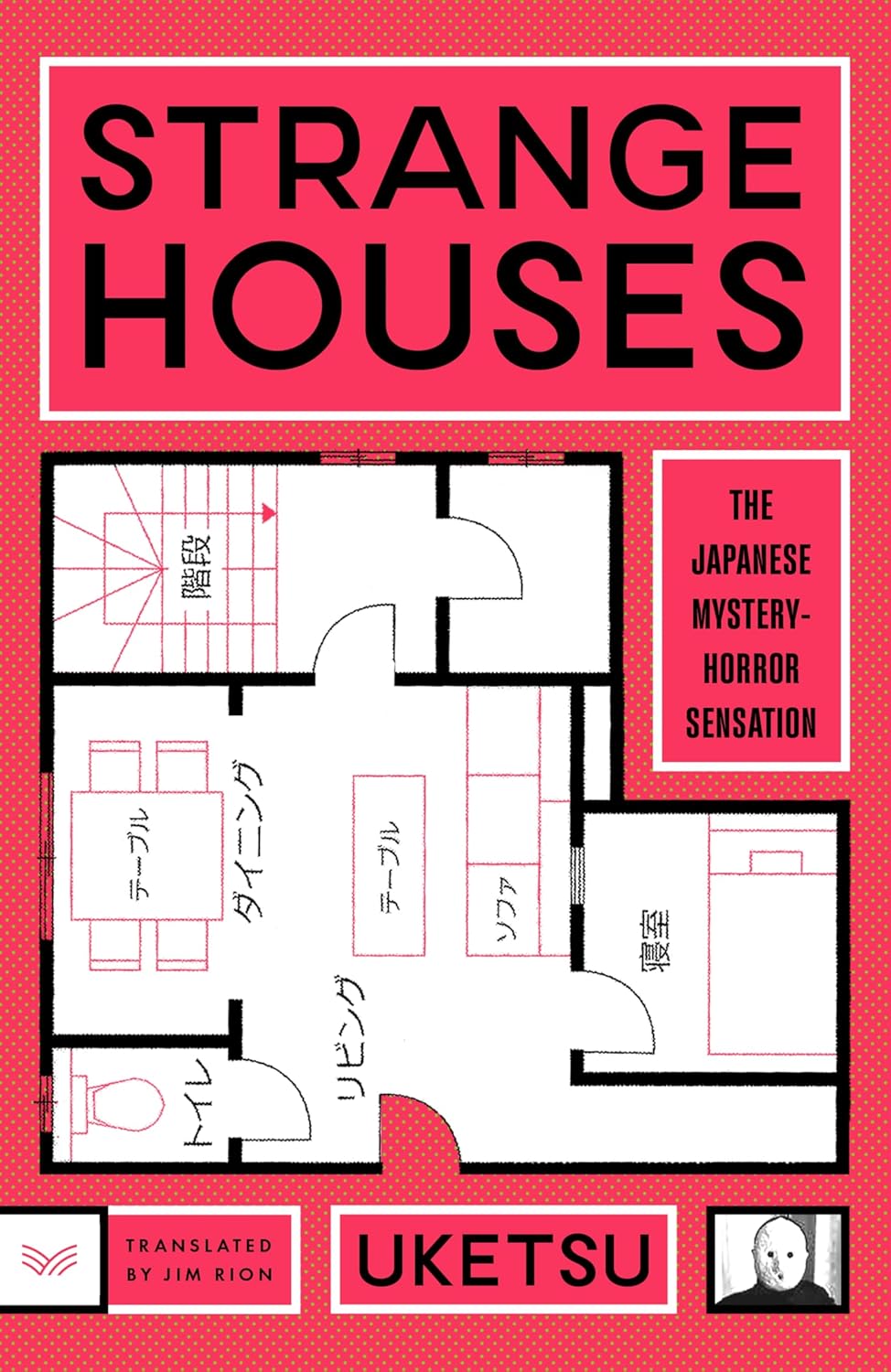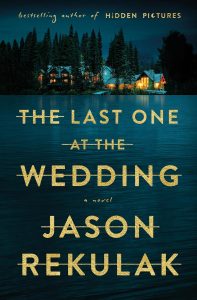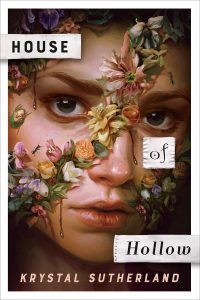
In Strange Houses, Uketsu Japan’s viral horror sensation and creator of the chilling Strange Pictures returns with another unnerving puzzle that blurs the line between mystery, horror, and architectural obsession. Translated by Jim Rion, this companion novel transforms something as ordinary as a floor plan into a vessel of dread, where every wall and hidden void seems to whisper secrets of the dead.
The story begins when a freelance writer, fascinated by the macabre, is approached by a friend interested in purchasing a house in Tokyo. The home seems perfect bright, spacious, and eerily quiet. But its floor plan reveals something unsettling: a “dead space” hidden between the walls, a pocket of emptiness that shouldn’t exist. When the writer shares the plan with an architect friend, they begin to uncover more “strange spaces” that defy logic. Who built this house, and why do its designs echo patterns found in other mysterious residences across Japan?
What follows is a layered horror mystery told through conversations, sketches, and floor plans each more bizarre than the last. Uketsu structures the book as a series of interlinked investigations, with each section focusing on a different home. Beneath the surface of architectural curiosity lies a tale of secrets, madness, and violence, culminating in a revelation that is as outlandish as it is disturbing.
The book’s greatest strength lies in its atmosphere. Uketsu masterfully crafts a creeping sense of dread, one that seeps from the pages like dampness through old wood. The concept of spatial horror fear born not from monsters, but from the very geometry of a place is executed with uncanny precision. Readers are invited to trace the strange blueprints scattered throughout the pages, making the horror feel interactive, almost participatory.
However, Strange Houses is also an uneven experience. While the premise is brilliant, the execution often strains credibility. The narrative’s conversational structure makes it feel detached, and the logic behind its twists stretches far beyond plausibility. The characters leap to improbable conclusions and are somehow always right, which undercuts the investigative tension. What begins as a cerebral puzzle gradually veers into occult absurdity.
Compared to Strange Pictures, this novel trades psychological subtlety for spectacle. There’s less focus on character development and more on the eerie mechanics of the houses themselves. Some readers will find this refreshing a bold experiment in form and storytelling while others will see it as hollow spectacle wrapped in eerie atmosphere.
Despite its flaws, Strange Houses succeeds as a work of horror that feels uniquely Japanese in its sense of unease. It’s not about jump scares or gore but about the quiet horror of spaces that shouldn’t exist. Uketsu’s writing, stripped of embellishment, allows the horror to speak for itself clinical, detached, and all the more chilling for it.
Verdict: Strange Houses is an inventive, if uneven, descent into architectural horror a story where walls remember, blueprints hide sins, and empty spaces are anything but empty. It may not reach the haunting heights of Strange Pictures, but it still offers a fascinating, dread-soaked experience for fans of uncanny mysteries and experimental storytelling.
👉 Get your copy on Amazon: https://amzn.to/46GI7Pv


